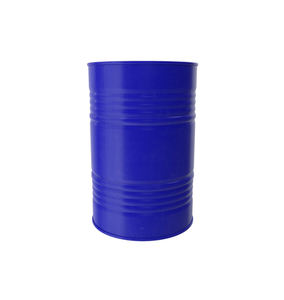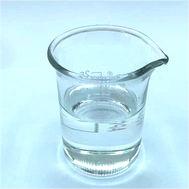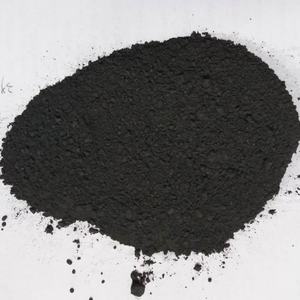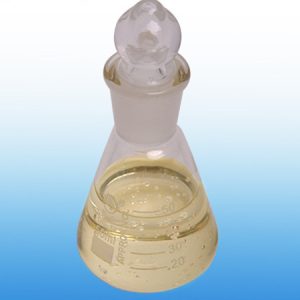One-stop lubrication solution | Discover the way to smoothness | Infomak
Slick Moves: Spindle Oil – Your Machine’s Unsung Hero
(Industrial Lubricant Oil Spindle Oil For Bearing Lubrication)
Machinery hums, spins, and grinds away, powering our world. But hidden inside, especially in those fast-spinning bearings, a quiet hero works tirelessly: spindle oil. Forget the dull image of just another industrial lubricant. This stuff is the lifeblood of precision, the silent guardian against friction and failure. Let’s dive into why this specialized oil deserves a standing ovation.
1. What Exactly is Spindle Oil?
Spindle oil isn’t your average grease or heavy-duty lubricant. Think of it as a high-performance athlete designed for a very specific job. It’s a type of industrial lubricant oil formulated for high-speed applications, particularly where bearings spin incredibly fast and generate minimal clearance. Picture the spindle in a CNC machine or a high-speed grinder – that’s its home turf. Its key characteristics? Low viscosity, meaning it flows easily even in tiny gaps. Excellent thermal stability, so it doesn’t break down when things heat up. And resistance to oxidation, preventing sludge and varnish that gums up the works. It’s precision lubrication in liquid form.
2. Why Spindle Oil is Crucial for Bearing Lubrication
Bearings are the workhorses inside spinning machinery. Without proper lubrication, they fail. Fast. Spindle oil is the perfect match for high-speed bearing lubrication. Here’s why it matters. Friction is the enemy. Metal-on-metal contact at thousands of RPMs creates heat and wear. Spindle oil forms a super-thin, protective film separating these surfaces. This reduces friction dramatically. Less friction means less heat. Less heat means bearings last longer and run more accurately. Reduced heat also protects surrounding components. Precision suffers without it. Vibration increases. Noise levels climb. Eventually, the bearing seizes. Catastrophic failure. Spindle oil prevents this. It ensures smooth, quiet operation and extends bearing life significantly. It’s cheap insurance against expensive downtime and repairs.
3. How Spindle Oil Works Its Magic
The magic lies in its carefully engineered properties. First, its low viscosity lets it flow quickly into the microscopic spaces between the bearing balls (or rollers) and the races. It doesn’t drag or create resistance. Second, special additives boost its performance. Anti-wear additives fortify the protective film under extreme pressure. Anti-foam agents stop air bubbles forming, which ruin lubrication. Rust and corrosion inhibitors shield metal surfaces from moisture damage. Demulsifiers help it shed water quickly. The oil also has high film strength. This means the lubricating layer stays intact even under heavy loads and high speeds, preventing metal contact. It’s designed to cling to surfaces, providing continuous protection. Heat gets carried away from the friction points, keeping temperatures stable. This combination keeps everything running cool and smooth.
4. Key Applications: Where Spindle Oil Shines
Spindle oil isn’t just for machine tool spindles, though that’s its namesake. Its unique properties make it ideal for many high-speed, precision bearing lubrication tasks. Machine tools are the obvious one. CNC machining centers, lathes, grinders, and milling machines rely heavily on it for their main spindles and critical bearings. Textile machinery uses it extensively. High-speed spinning frames and looms demand smooth operation. Precision instruments benefit. Think high-speed dental drills, laboratory centrifuges, or delicate measuring equipment bearings. Small electric motors, especially those in power tools or appliances running at high RPMs, often use spindle oil. Some high-speed compressors and turbine bearings also utilize it. Anywhere you find small, fast-spinning bearings needing minimal friction and maximum precision, spindle oil is likely the go-to industrial lubricant oil.
5. Spindle Oil FAQs: Clearing the Fog
Let’s tackle some common questions about this vital fluid.
Can I use regular motor oil instead? Bad idea. Motor oil is thicker and contains different additives. It won’t flow properly in tight high-speed bearings. It causes drag, overheating, and rapid wear. Stick to the right oil.
How often should I change spindle oil? It depends. Check the machine manufacturer’s guidelines. Factors include operating hours, temperature, and contamination levels. Regular oil analysis is smart for critical machinery. Don’t just guess.
What viscosity is best? Viscosity is critical. ISO VG 2, 5, 7, 10, 15, or 22 are common for spindle oils. The machine builder specifies the exact grade needed. Using the wrong viscosity harms performance. Follow the manual.
Is all spindle oil the same? No. Quality varies. Base oil purity and additive packages differ. Cheap oils might lack essential additives or oxidize quickly. Invest in reputable brands designed for your specific application. It pays off.
Can water contaminate spindle oil? Yes. Water is a major enemy. It causes rust, degrades the oil, and ruins the lubricating film. Good spindle oils have demulsifiers, but preventing water ingress is crucial. Keep seals in good shape.
(Industrial Lubricant Oil Spindle Oil For Bearing Lubrication)
What about grease for spindles? Grease is common for slower speeds or larger bearings. High-speed spindles need the rapid heat transfer and low drag of oil. Grease creates too much churning resistance at ultra-high RPMs. Oil wins for speed.







